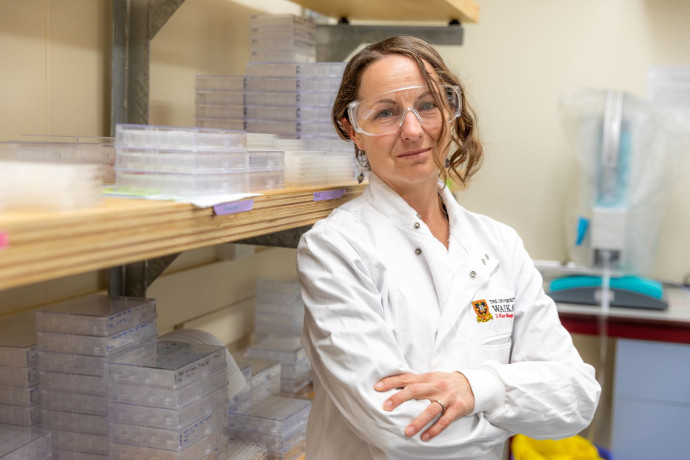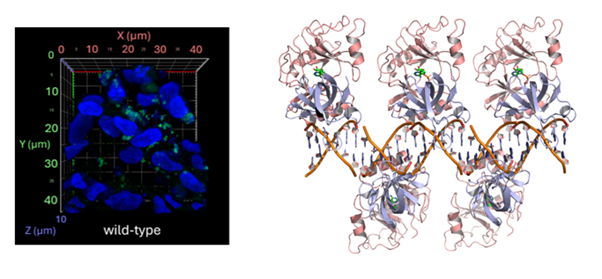Preventing gene-repair to curb the rise of antibiotic-resistant superbugs

Dr Adele Williamson, from Te Whare Wānanga o Waikato – the University of Waikato, is investigating a bacterial enzyme that acts like a “DNA repair kit,” allowing dangerous bacteria to gain antibiotic-resistance genes, and evolve into untreatable ‘superbugs’
Antibiotic resistance is a growing global health crisis. Previously manageable bacterial infections are turning into deadly threats. One way that these bacteria become resistant is that they are constantly scavenging fragments of DNA from their environment – and this DNA sometimes includes genes that offer protection against drugs. Dr Williamson’s team recently identified an enzyme that is common to several antibiotic-resistant pathogenic bacteria. Studies suggest that this enzyme repairs fragments of damaged DNA as bacteria pull it inside, increasing the likelihood of acquiring a functional antibiotic-resistance gene.
Dr Williamson has received a Marsden Fund Standard grant to test this theory. The team will determine whether bacteria with this enzyme gain resistance more rapidly when constantly exposed to antibiotics. Then, they will use live-cell microscopy, to visually track the enzyme’s interactions.
Confirming this theory would offer a radically new way to combat antimicrobial resistance by designing drugs to inhibit this specific enzyme. This new strategy would provide a powerful new weapon in the global fight against antimicrobial resistance, with significant benefits for Aotearoa New Zealand and the wider world.

Left: Confocal microscopy image of Neisseria gonorrhoeae bacteria (green) infecting human epithelial cells (blue); Right: Molecules of the Lig E DNA repair protein from Neisseria gonorrhoeae bound to a strand of DNA. This structure was determined using X-ray crystallography (image credits: Jolyn Pan)
